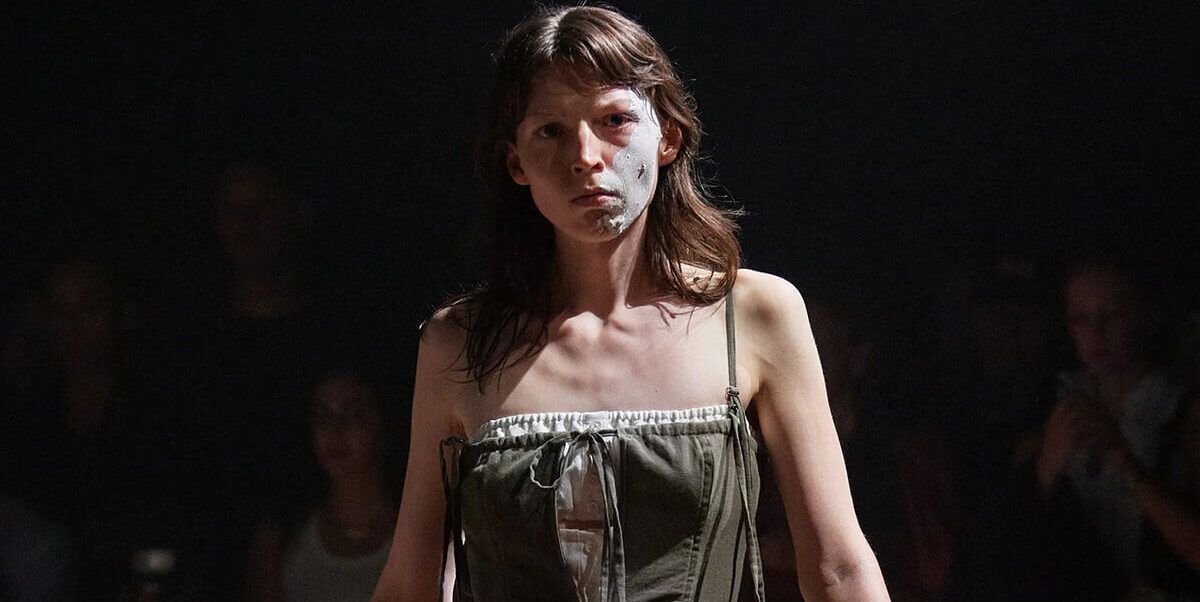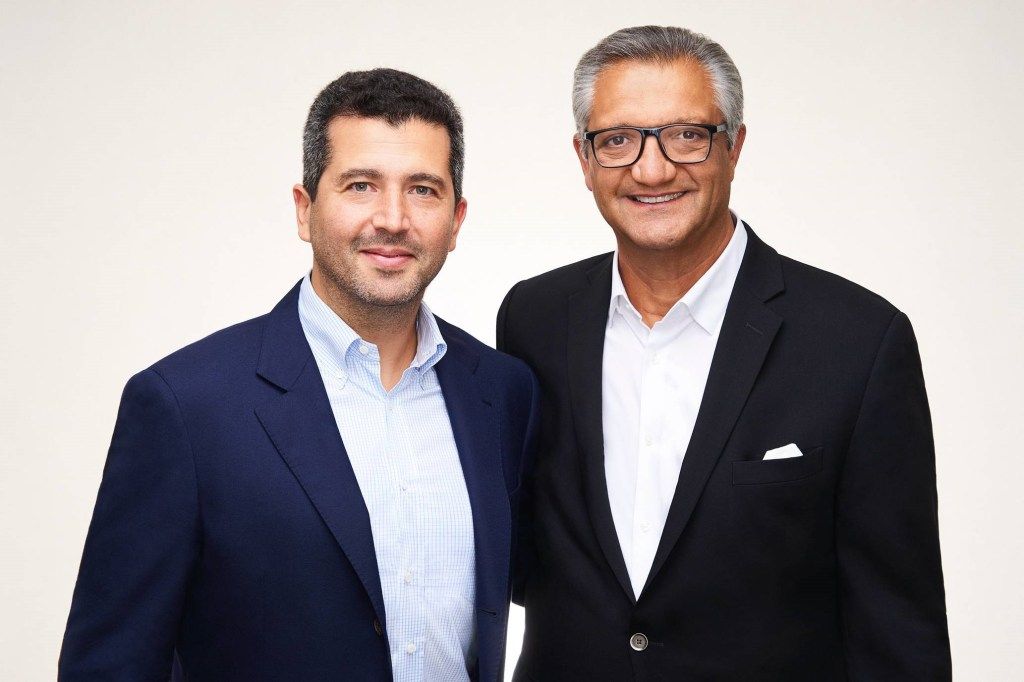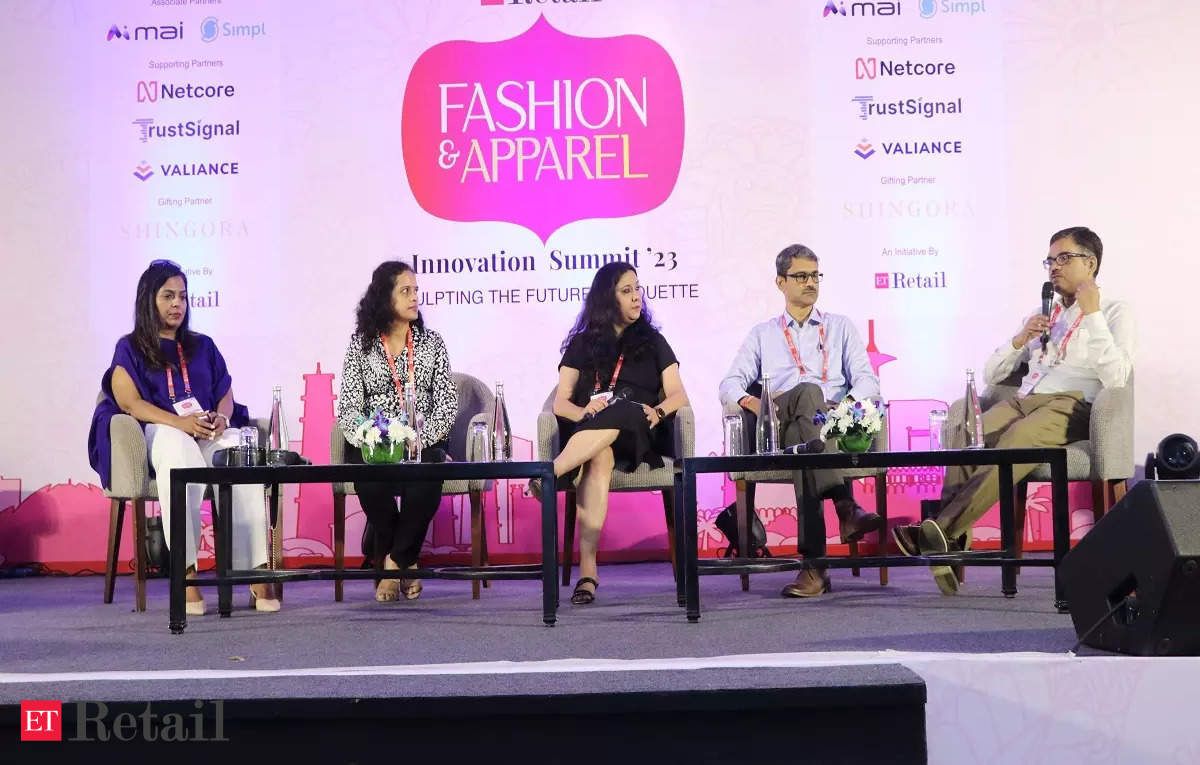
If not a hire, a good mentor is a valuable asset, Reid says. “You can really depend on a sounding board — not a board of directors — to help guide you through these challenges so that you’re starting out from the right perspective,” she says. “That’s a really critical support system for emerging brands.”
Raisefashion operates with the same belief that access to business expertise is essential. “Designers are balancing who to listen to at what phase of their business,” Raisefashion’s Harris says. “They’re taking the advice and determining what strategies to deploy when they’re looking at their DTC versus wholesale; supply chain logistics; SEO strategies, collaboration opportunities. It requires an expert to guide them through.”
To this end, Tania Fares, who founded non-profit Fashion Trust US, did so with a focus on business at the core. “Even if you’re the most talented person in the room, if you can’t run your business, you won’t be able to survive,” she says. It’s for this reason that, when designers apply for Fashion Trust, they have to submit a business plan alongside their designs.
To show or not to show?
“You have to show,” Lim told Vogue Business upon his NYFW return. Now, he qualifies this: “When I say show, I want to preface with: within your capacity.”
PH5 showed for the first time this season — in part, because Champion thought it allowed for better storytelling. However, she also felt pressure from industry insiders to go beyond the presentations PH5 had previously stuck to. “I just felt that presentations weren’t really being taken as seriously by press and by others,” she says. “People want to sit front row at a show, but they’re not necessarily that interested in coming at some point in the hour of a presentation.”
The pair underestimated how much more it would be than a presentation, Champion says, in effort and dollars. It requires more models; more teams behind the scenes; a bigger space.
For Velez, the physical show is worth it. “If I’m so broke, why do I keep doing shows?” she asks. “Simply put, presence at NYFW is essential for inclusion in the discourse.” Velez adds that most of the heavy lifting is done anyway: “The collection is made, why not reinforce that investment by putting it on bodies, before an audience in a space?” (Notably, Velez’s show was mostly sponsored by Nike this season, which made the financial burden lighter than the February show, which set her back approximately $40,000.)




